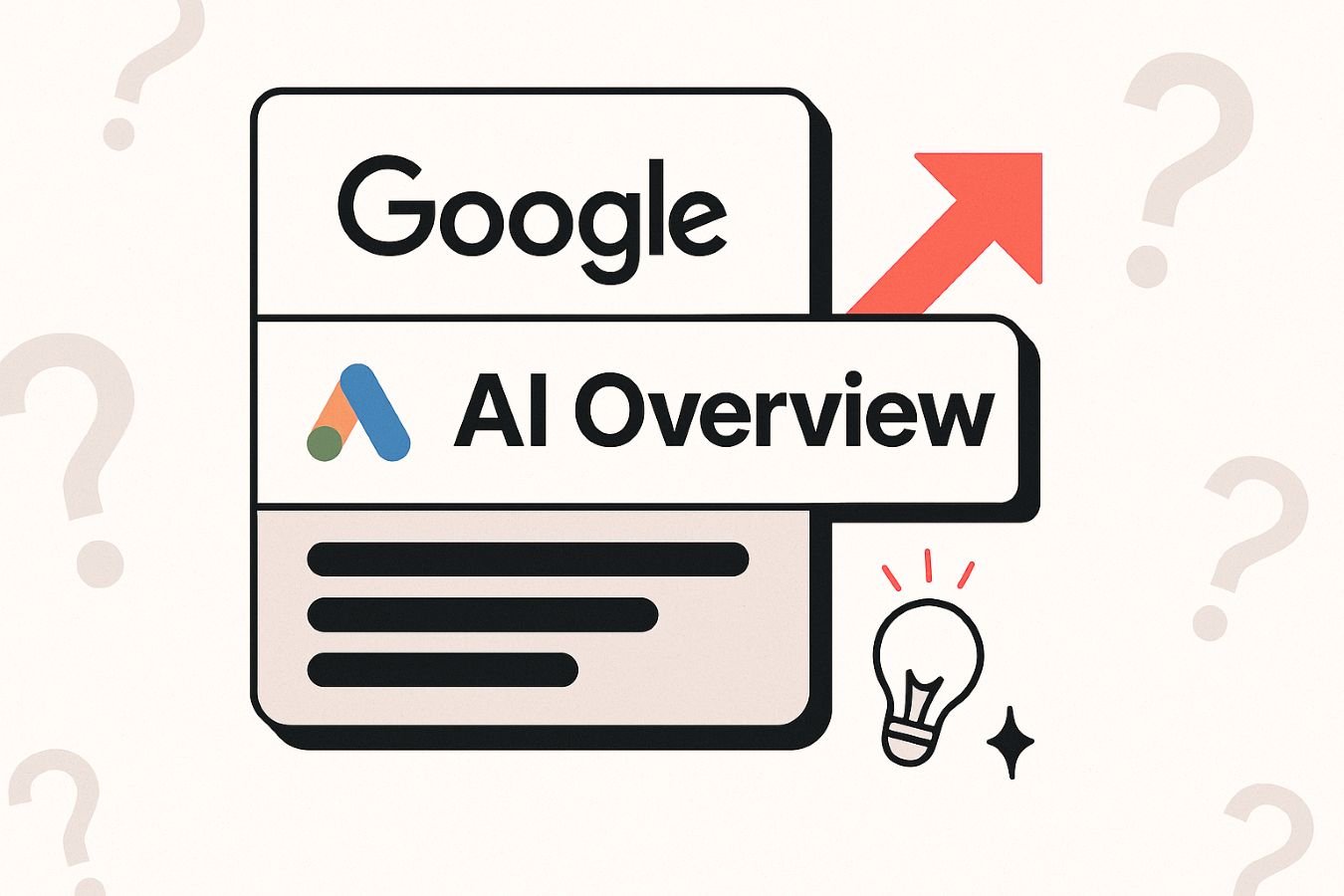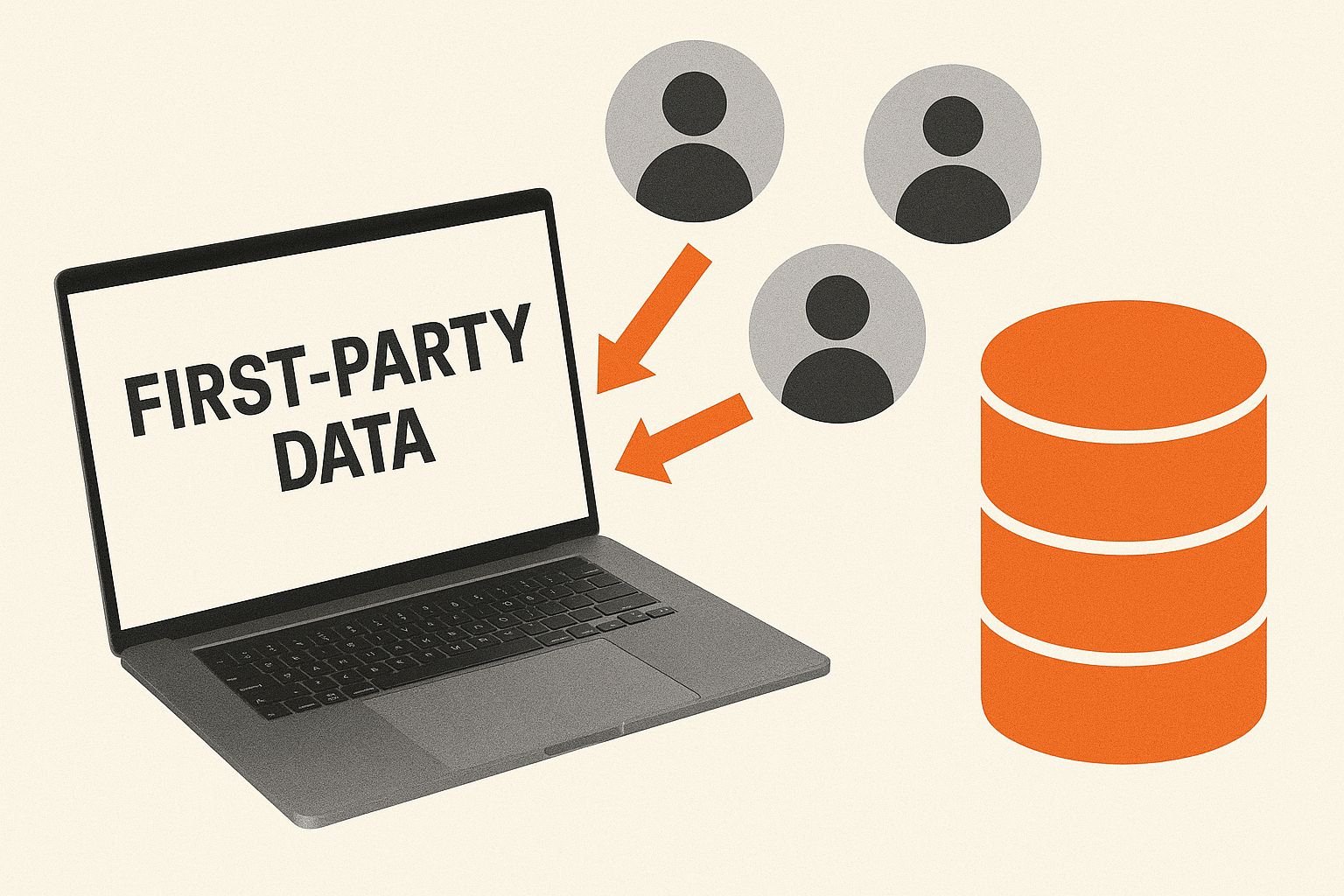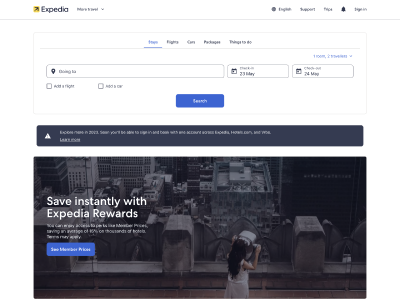Google defined Performance Max as “a new way to buy Google ads” when it was first announced in October of 2020. Performance Max is a new goal-based campaign type that allows performance advertisers to access all of their Google Ads inventory from a single campaign.
Performance Max is designed to complement keyword-based Search campaigns to help users find more converting customers across all of Google’s channels like YouTube, Display, Search, Discover, Gmail, and Maps.
“If change is the challenge, automation is the solution businesses and agencies are using to stay ahead of ongoing shifts in consumer demand…”
“It’s the next generation of Smart Shopping and Local campaigns, which will both upgrade to Performance Max in 2022…”
-Eduardo Indacochea, Senior Director, Product Management
AI: It’s A Focus for Google
In July 2022, Mumbrella reported that Google has begun hiring Australian researchers for its new Sydney research hub that aims to advance AI and use it to tackle important challenges for Australians and people around the world and partner with the local research community.
Dr Grace Chung, one of Google’s most experienced Australian engineers and research scientists, and Professor Peter Bartlett, an award-winning research scientist have been appointed to lead Google Research Australia.
How do Performance Max Campaigns Work?
Performance Max Campaigns essentially takes responsive ads and smart campaigns to the next level by combining these features all in one place. In order to run them, you need to provide Google with the following:
- Marketing objectives and goals
- Budget
- Creative assets (text, images, video)
- Geo-targets
- Feeds (optional) eg Google My Business; Google; Merchant Center; Dynamic Ads feed; Business data feeds
- Audience signals (optional) eg First-party Audiences (lists); Google Audiences (manually targeted); Affinity etc
Performance Max: One Campaign Can Reach All These Channels
Performance Max is a new campaign type in Google Ads where you can define a goal and provide all of the assets and ‘audience signal’ information to help guide your advertising. Google will then auto-generate ads that can serve across all of its available placements.

Performance Max: Structure
The setup hierarchy for PMax campaigns are slightly different to the setup of Search or Display campaigns (eg there are no Ad Groups)
Performance Max: Asset Group
Up to 5 Headlines can be written (maximum of 30 characters)

Up To 5 x Long Headlines (maximum of 90 characters)
5 x Descriptions, CTA

Up to 20 Images, 5 Logos, and 5 Videos can be uploaded into the asset group
Audience Signals
- Important to note: these are not Audience Targets, they are Audience Suggestions
- Audience Signals are a new feature, unique to PMax campaigns
- They’re meant to only “jumpstart” the PMax campaigns at the start
Other options: customer lists; website remarketing; life events
Example #1: Medical Supplies & Equipment Company
Old Smart Shopping Campaigns (March 2022 – April 2022):
New PMax Campaigns (1 May 2022 – 30 June 2022):

Example #2: Wine Auction Company
Previous Shopping Campaigns: 1 April 2021 – 30 June 2021
- Auction confirmations: 543
- Revenue: $45,000 (similar spend)
New Performance Max Campaigns: 1 April 2022 – 30 June 2022
- Auction confirmations: 1388
- Revenue: $65,000 (similar spend)
Performance Max Campaigns has outperformed shopping. Better ROAS; more auction confirmations
Shopping campaigns were split by alcohol type i.e. red wine. Performance Max, on the other hand, has a new structure, where the campaigns are split by product price, rather than type. This allows us to allocate budget to higher-priced items and capture higher-value customers.
Performance Max Campaigns – Too Much AI?
There has been a lot of talk on PPC social channels about Performance Max. Some of the most common complaints about Performance Max have mentioned:
- Less visibility
- Less data
- Lack of reporting
- Less control/levers
- Hidden settings
- If the campaign tanks, it’s hard to know why
There’s also a lot of positive feedback to Performance Max Campaigns.
Did Google Rush PMax Launch?
Mid-July update: Google is now planning to give marketers (a bit) more control & transparency over PMax campaigns.
Performance Max features to be released/or has just recently:
- Seasonality adjustments – these were a game changer when introduced way back when smart bidding was introduced, so it’s great to see them adding Seasonal adjustments to the PMax campaigns campaign type. It’s great for brands who run short bursts of promotional/sale periods.
- Data exclusions – This feature can tell the smart bidding strategy to ignore data over certain dates where you may have seen issues with conversion tracking (e.g. site outage, tagging issues, etc).
- Explanations – one thing brands have been asking for… Getting more reasoning and explanations from Google on performance fluctuations and issue diagnoses too.
- Optimisation score – for PMax, it’s specifically on areas for improvement within the campaign setup. Scores run from 0-100%, with 100% meaning that your account can perform at its full potential.
- Location features – For PMax campaigns with a Google Merchant Center feed, you’ll now see advanced location options for targeting and exclusions. The new Google Ads location targeting options let you set who sees the ads and who is excluded from the ads.
Maximise your paid media efforts, get a free consultation today.
Want more Google resources? Here:



















